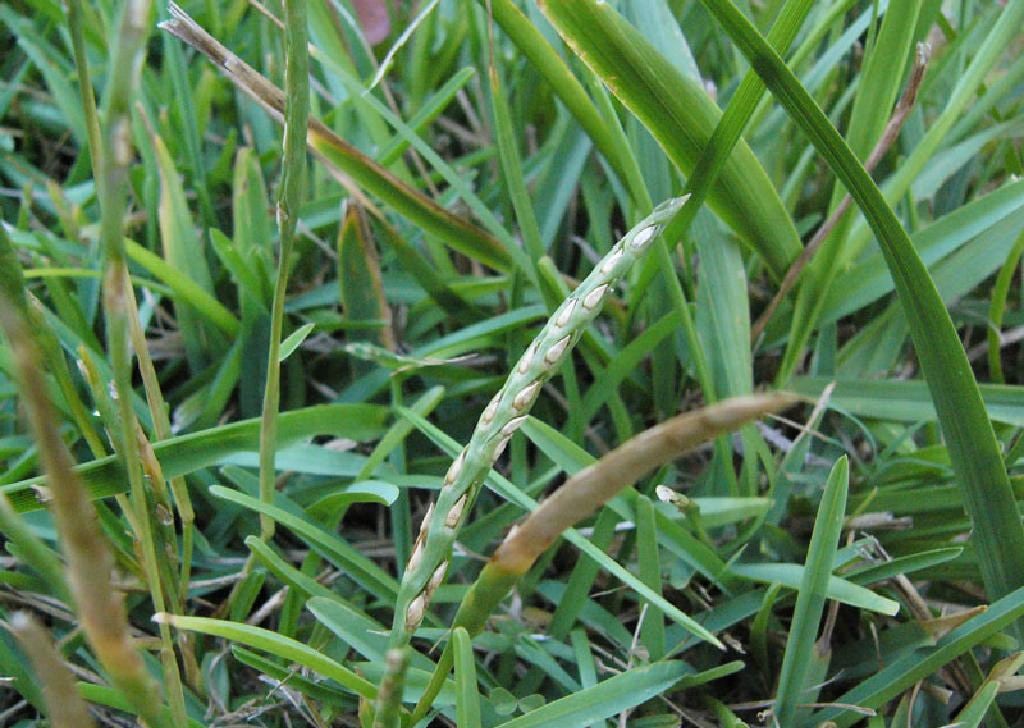St. Augustine Lawns

St. Augustine grass is a warm-season grass with medium density and medium to dark green color. Of all the warm season grasses, it is the least cold tolerant and has the coarsest leaf texture. St. Augustine grass grows best in warm, humid areas that are not exposed to long periods of cold weather. In fact, its lack of cold tolerance is the major limiting factor in determining its use in North Carolina.
Custom St. Augustinegrass Lawn Maintenance Program
St. Augustinegrass Lawn Maintenance Calendar
NOTE: Don’t be fooled by competitors offering 8-10 round applications. If you use quality products, you do not need as many applications. This is our basic service program. There are other beneficial services, such as core aeration, lime, grub control, soil testing, etc.
St. Augustine FAQs
When should I fertilize St. Augustine grass?
St. Augustine grass is typically fertilized twice in the growing season, once in the spring and once in the summer. A third application can be done before mid-September before soil temperatures drop.
Why is my St. Augustine grass turning yellow?
Insufficient water often results in nutrient deficiencies, yellowing your grass. Whether your St. Augustine grass is underwatered or overwatered, moisture levels impact your lawn’s ability to absorb nutrients. It’s best to check your soil’s moisture ever so often to ensure your grass is receiving the right amount of water. Other reasons your soil could be turning yellow include:
- Disease
- Improper sunlight
- Fluctuating temperatures
Does St. Augustine grass grow in the shade?
St. Augustine grass does well in areas with full sun, but can also tolerate shady areas that receive 3-4 hours of sunlight.
Does St. Augustine grass go dormant?
Because St. Augustine grass is not cold-tolerant, North Carolinians tend to shy away from using it for their lawns. Like other warm-season grasses, St. Augustine grass will enter dormancy when soil temperatures hit 55°F or lower.
How much water does St. Augustine grass need?
Warm-season grasses like St. Augustine grass need one inch of water per week from either irrigation or rainfall. Additional irrigation is not required if your St. Augustine lawn receives an inch of rainfall in one week.
How much sun does St. Augustine grass need?
Compared to other warm-season grasses, St. Augustine grass is fairly shade tolerant. St. Augustine grass will do fine in areas that receive 4-6 hours of direct sunlight.